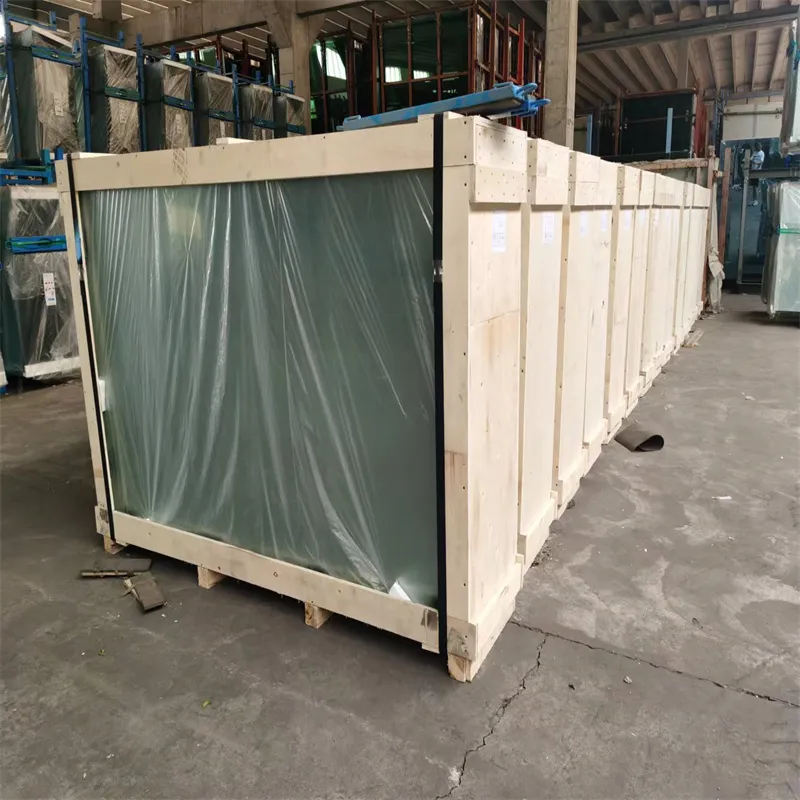Nov . 15, 2024 16:51 Back to list
low iron glazing
The Benefits of Low Iron Glazing
Low iron glazing has become increasingly popular in modern architecture and design due to its aesthetic appeal and functional advantages. Unlike standard glass, which has a green hue caused by iron impurities, low iron glass offers higher transparency and clarity. This article explores the benefits of low iron glazing, its applications, and why it is an excellent choice for various design projects.
What is Low Iron Glazing?
Low iron glazing is a type of glass that contains significantly lower amounts of iron oxide, which is responsible for the green tint found in conventional glass. As a result, low iron glass is much clearer and allows for a higher level of light transmission. Typically, it boasts a light transmission rate of over 90%, making it an ideal choice for applications where clarity and brightness are priorities.
Benefits of Low Iron Glazing
1. Enhanced Aesthetics One of the most notable features of low iron glazing is its crystal-clear appearance. This feature is particularly beneficial in applications where aesthetics are crucial, such as in museums, art galleries, and high-end retail spaces. Low iron glass can showcase artwork and merchandise without any color distortion, allowing the true colors to shine through.
2. Higher Light Transmission The superior optical clarity of low iron glazing allows for more natural light to fill a space. This can lead to reduced dependency on artificial lighting, thereby saving energy and lowering costs. Moreover, increased natural light can enhance the mood and productivity of occupants in commercial and residential spaces.
low iron glazing

3. UV Protection While low iron glass is designed primarily for clarity, it can also be treated with coatings that offer UV protection. This is crucial in settings where UV exposure can damage sensitive materials, such as artwork, textiles, and hardwood floors. By incorporating low iron glazing, designers can mitigate damage from harmful UV rays while maintaining impeccable aesthetics.
4. Versatility in Applications Low iron glazing can be used in various applications, including windows, facades, skylights, glass floors, and display cases. Its versatility makes it suitable for a broad range of architectural styles and design preferences. Additionally, it can be customized in size, thickness, and shape, offering endless possibilities for creativity.
5. Sustainability As energy efficiency becomes a significant concern in modern construction, low iron glazing plays a vital role. When paired with energy-efficient coatings, it can contribute to the sustainability of a building. Low iron glass can help maintain optimal indoor temperatures, reducing the need for heating and cooling, thus lowering carbon footprints.
6. Safety and Security Low iron glazing can be manufactured in laminated or tempered versions, enhancing its safety and security features. Laminated glass is particularly resistant to breakage, while tempered glass can withstand high impacts. These features make it suitable for high-traffic areas and installations where safety is paramount.
Conclusion
In conclusion, low iron glazing represents a significant advancement in glass technology, offering remarkable advantages in terms of clarity, aesthetic appeal, and functional performance. Its ability to transmit high levels of natural light, combined with its versatility and sustainable attributes, makes it an excellent choice for a variety of applications. As the demand for modern, energy-efficient building solutions continues to rise, low iron glazing is poised to play an essential role in shaping the future of architectural design.
Architects, designers, and builders are increasingly recognizing the value of low iron glazing, not just for its beautiful, unobstructed views but also for its practical benefits. Whether in commercial or residential spaces, low iron glazing enhances the overall experience, allowing the beauty of the outdoors to flow seamlessly into indoor environments. As trends in architecture evolve, low iron glazing is likely to remain at the forefront of innovative design, delivering both style and functionality.
-
Safety and Style with Premium Laminated Glass Solutions
NewsJun.24,2025
-
Reinvents Security with Premium Wired Glass
NewsJun.24,2025
-
Premium Float Glass Line for Modern Architecture
NewsJun.24,2025
-
Low Emissivity Glass for Energy-Efficient Architecture
NewsJun.24,2025
-
High-Performance Insulated Glass Solutions for Modern Architecture
NewsJun.24,2025
-
Elevates Interior Style with Premium Silver Mirror
NewsJun.24,2025
Related PRODUCTS














